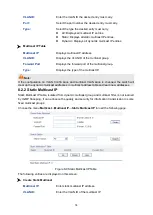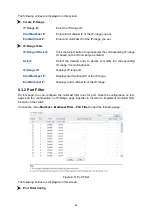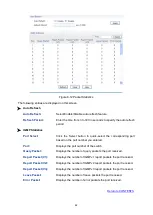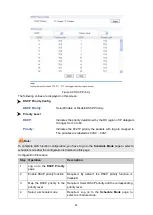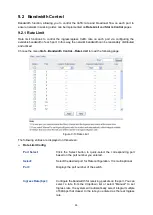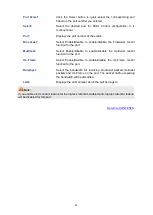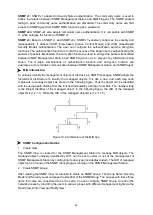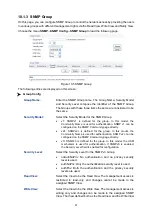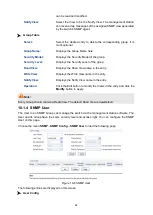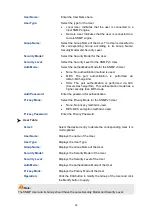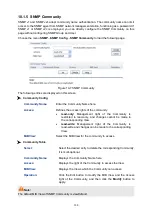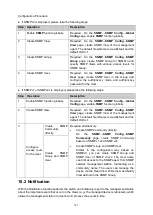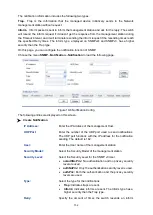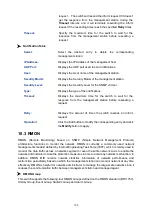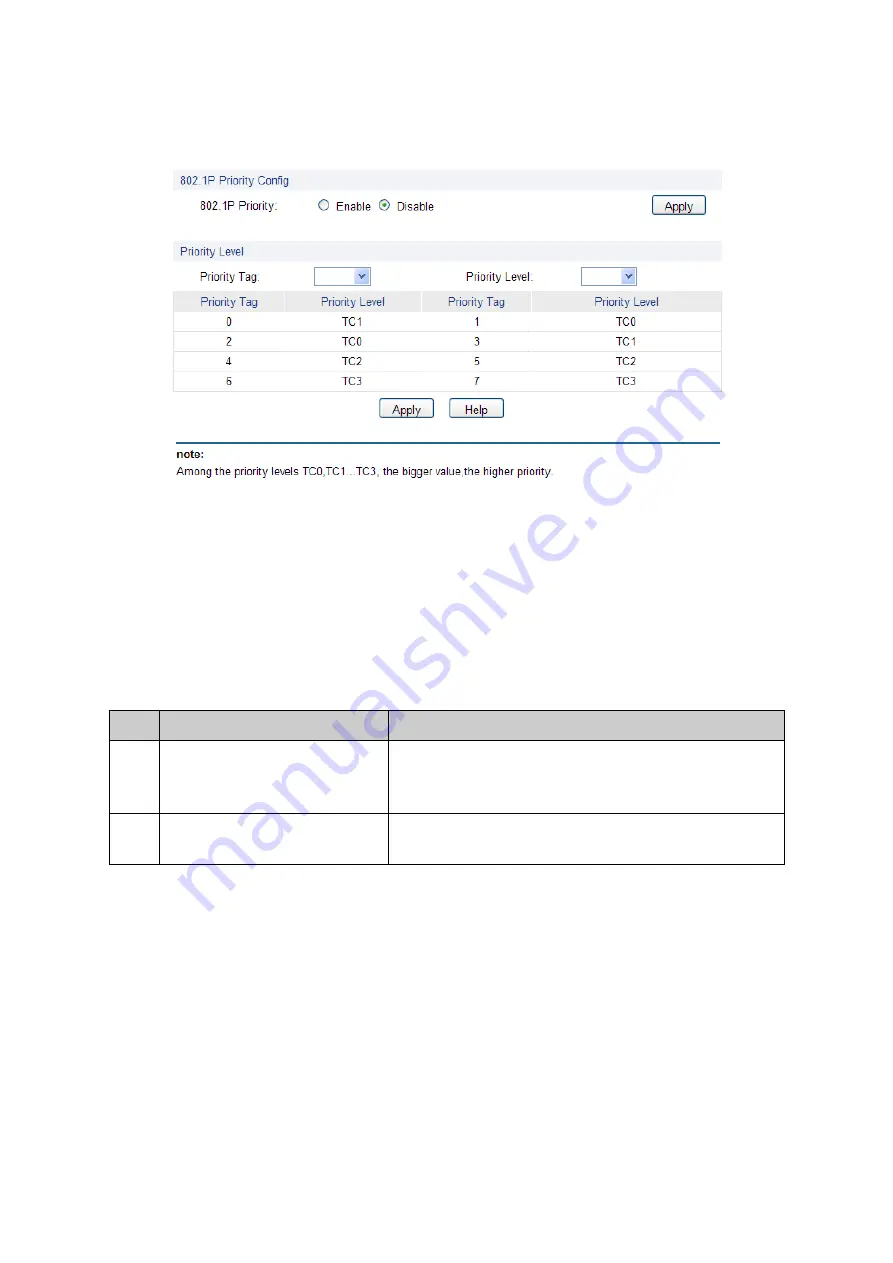
88
enabled, the packets with 802.1Q tag are mapped to different priority levels based on 802.1P priority
mode. The untagged packets are mapped based on port priority mode.
Choose the menu
QoS
→DiffServ→802.1P Priority
to load the following page.
Figure 9-8 802.1P Priority
The following entries are displayed on this screen:
Priority Level
Priority Tag:
Indicates the precedence level defined by IEEE802.1P.
Priority Level:
Indicates the priority level the packets with tag are mapped to. The
priority levels are labeled as TC 0, TC1, TC2 and TC3.
Configuration Procedure:
Step Operation
Description
1
Configure
the
mapping
relation between the 802.1P
priority and TC
Required. On
QoS
→DiffServ→802.1P Priority
page,
configure the mapping relation between the 802.1P
priority and TC.
2
Select a schedule mode
Required. On
QoS→DiffServ→Schedule Mode
page, select a schedule mode.
9.1.4 DSCP Priority
On this page you can configure DSCP priority. DSCP (DiffServ Code Point) is a new definition to IP
ToS field given by IEEE. This field is used to divide IP datagram into 64 priorities. When DSCP
Priority is enabled, IP datagram are mapped to different priority levels based on DSCP priority
mode; non-IP datagram with 802.1Q tag are mapped to different priority levels based on 802.1P
priority mode if 802.1P Priority mode is enabled; the untagged non-IP datagram are mapped based
on port priority mode.
Choose the menu
QoS
→DiffServ→DSCP Priority
to load the following page.





